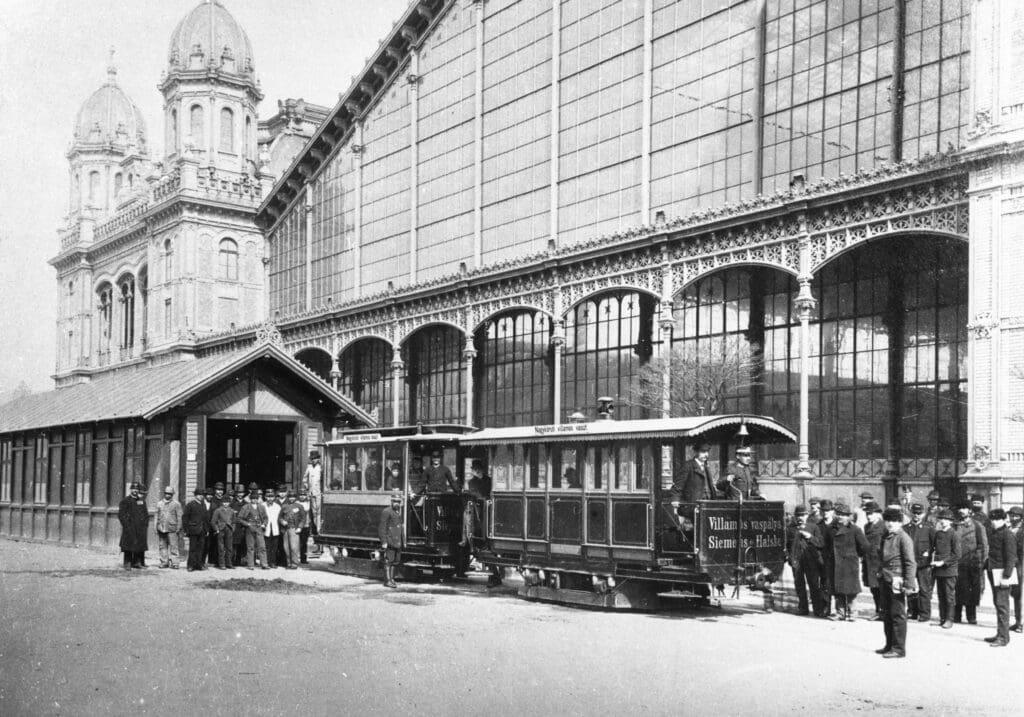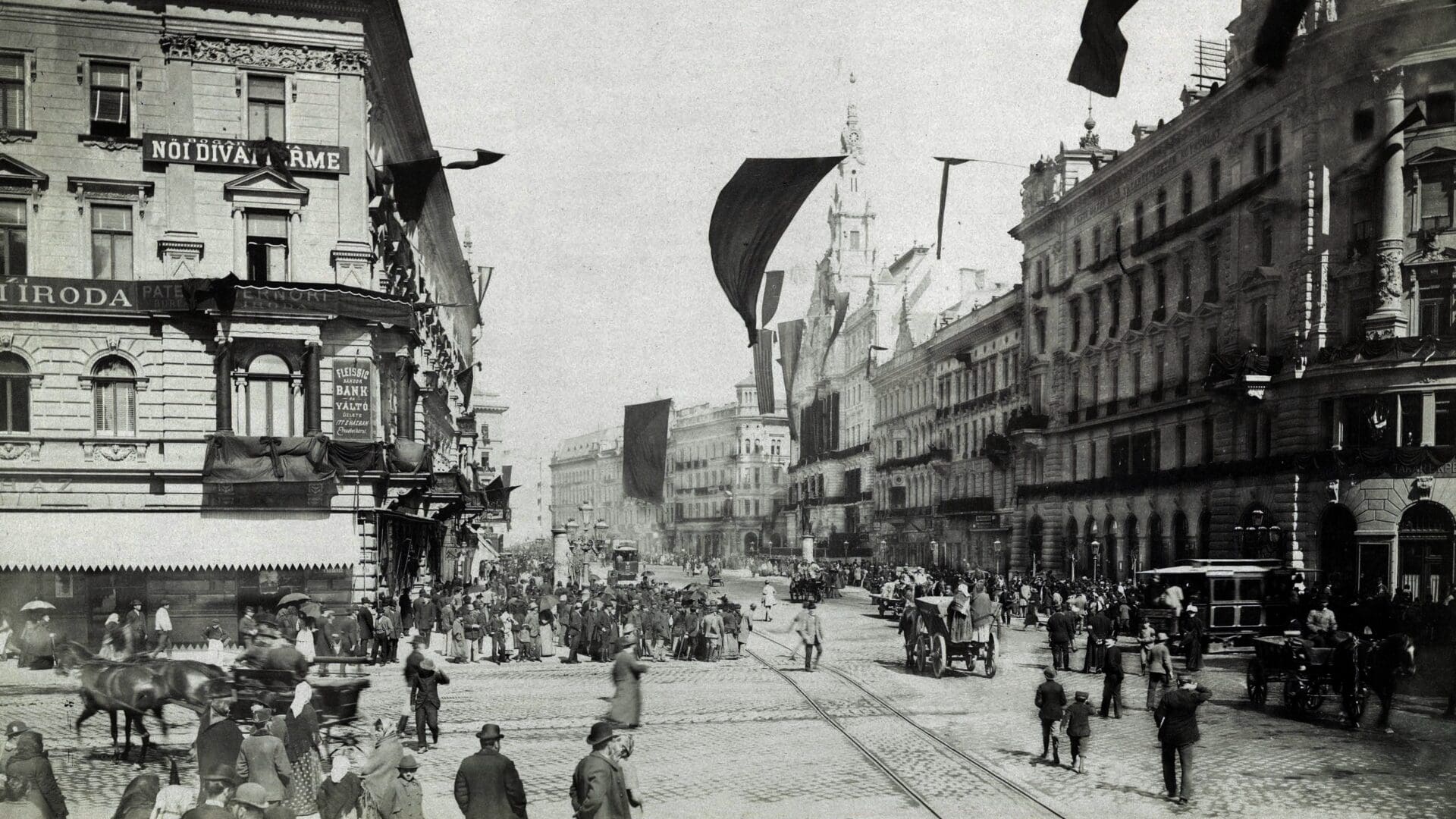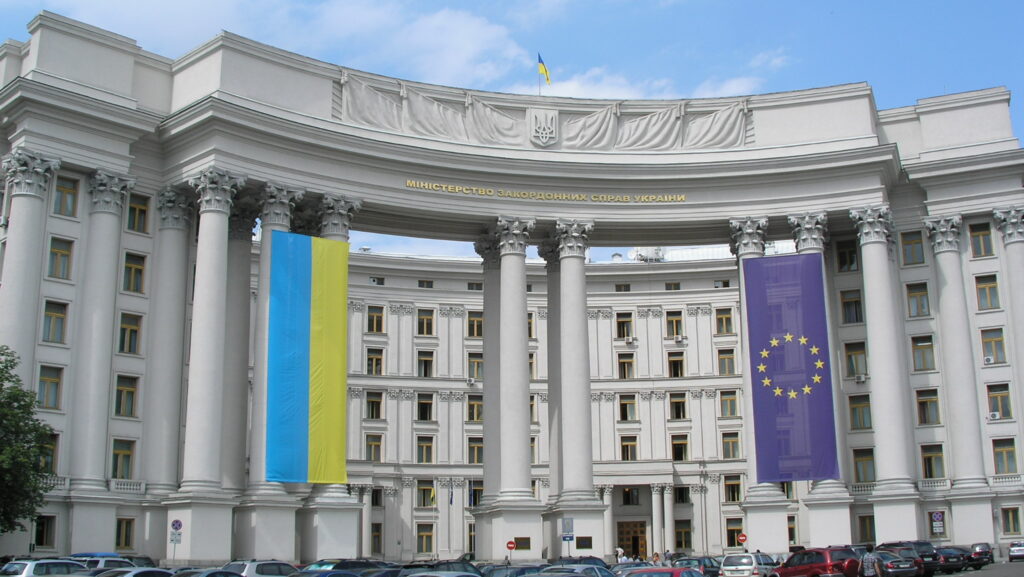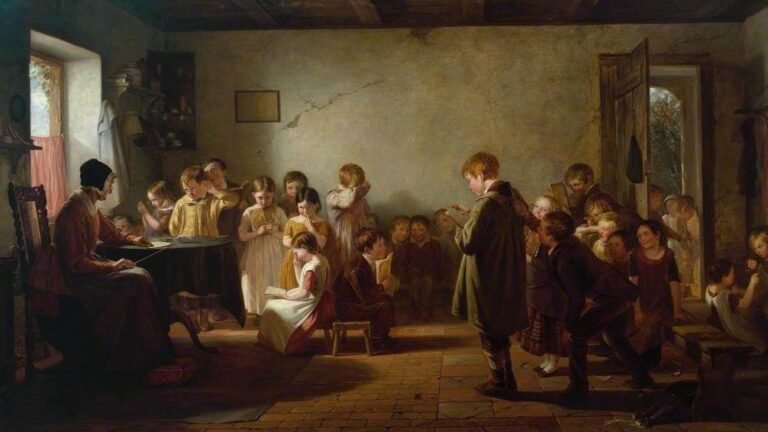Today, one of Budapest’s busiest roads is the Grand Boulevard (Nagykörút), adorned by elegant apartment buildings. Its construction took 25 years, involving the demolition of houses, the relocation of a train station, and land filling. Finally, 127 years ago, on 31 August 1896, the City Works Council officially presented Budapest’s community with the completed Grand Boulevard.
The fact that road was inaugurated on 31 August 1896 does not mean that the Grand Boulevard had been inaccessible until then. Instead, it marked the completion of a lengthy construction, allowing it to be walked along its entire length and width.

The creation of the Grand Boulevard was one of the most ambitious projects ever of the City Works Council, established in 1870. Spanning 25 years, the construction of the road leading from Margaret Bridge to Boráros Square in Pest was carried out in phases, significantly influencing the city’s spatial structure. The project’s blueprints were conceived in 1868–1869, proposing an elegant circular road around the built-up area of Pest. Prime Minister Gyula Andrássy was a strong advocate of this idea. However, the Grand Boulevard also had its critics. In the Hungarian parliament, questions arose about whether it was a national matter, and some argued that spending the country’s resources on it was unnecessary. The government argued that the road’s construction was indeed a national concern, surpassing Pest’s capabilities, and supported the City Works Council’s plans. Ultimately, in 1871, the parliament approved the requested amount of 900,000 forints, sufficient for the project’s initiation.
At the time, Budapest did not officially exist (it was established in 1873), but the objective was to transform the Hungarian capital into a European metropolis, which was why the City Works Council was created in the first place. Their task for the Grand Boulevard was to clear the path and secure the location, as the planned route was not entirely empty, particularly the segment along today’s Saint Stephen’s Boulevard. Several buildings, in particular, factories stood there, as the area was still considered the outskirts of Pest. The City Works Council anticipated that the Grand Boulevard would enclose the inner city, promoting the construction of more urban housing within and alongside the boulevard. The road also held importance for transport, functioning as an outer ring road, connecting the radial roads leading to Pest with the suburban districts. The land designated for the project was not entirely vacant, especially between Király and Üllői roads, where numerous buildings needed to be demolished. Moreover, along the route there were significant structures, including the precursor of Nyugati Railway Station, the Hungarian Central Railway’s station building, which extended as far as the present-day Jókai Street.
For a long time, both the Hungarian State Railways (MÁV), Pest, and the City Works Council intended to build the new central railway station on the Grand Boulevard. The companies even identified a specific location, the current area of Népszínház Street. However, the costs associated with building new railway tracks leading there were substantial, which resulted in the abandonment of this plan. Instead, the Keleti Railway Station was constructed further from the city centre.
Tram lines 4 and 6, one of the world’s busiest tram lines today, are inseparable from the Grand Boulevard. The first experimental tram service started in 1887, but it wasn’t until the 1890s that the tramway was fully established along the Grand Boulevard. By 1890, the line extended from Nyugati Railway Station to what is now Blaha Lujza Square, and by 1892, the trams were running all the way to Boráros Square. The Grand Boulevard had another role that was perhaps as important as its transportation function: it served Budapest’s aspiration to modernize. During the construction, one of the most important main collector sewers was laid underneath the Grand Boulevard. This was was extremely important in battling the era’s major epidemics, primarily cholera.
Although the Grand Boulevard is called a ‘circular road’, it consists of straight sections; there are no curves within the road itself. The path only breaks at intersections, sloping gradually from Nyugati Railway Station to Boráros Square, following the descent of the main sewer. Only a minor incline interrupts this flow.
The 4,141-metre-long and 45-metre-wide Grand Boulevard has evolved continuously over the past 127, but rather 150, years. Even ten years after its official opening, new buildings were still being erected along the road. Its construction required the demolition of 251 buildings and the construction of 253 new ones. In reality, it was fully completed with the opening of the Horthy Miklós (now Petőfi) Bridge in 1937, as the southern bridge was planned from the beginning and was part of the original concept. The legendary buildings along the boulevard witnessed revolutions and wars, some being completely demolished, others fully rebuilt and disfigured under the Communist era. The New York Palace, one of the most iconic buildings along the Grand Boulevard, was built to house the headquarters of the New York Life Insurance Company, hence its name, and is now a luxury hotel. It still houses the famous New York Café on its ground floor.
While the boulevard is constantly changing, it remains a steadfast and defining main road of Budapest, its vital artery.
Related articles:








